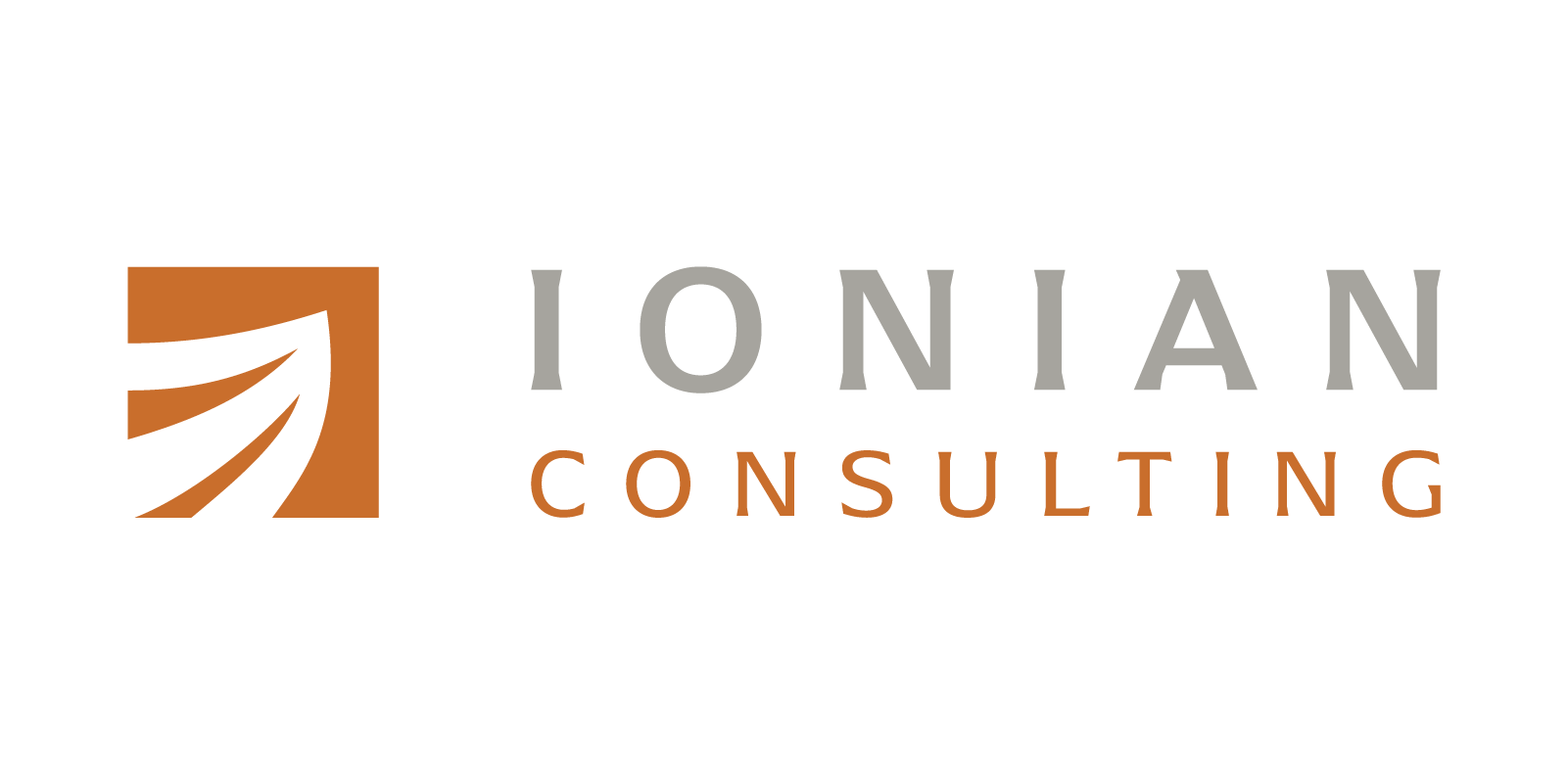The Medicare and Medicaid EHR Incentive Programs promote patient involvement in their care; an iterative relationship with patient data through online access ostensibly encourages patients to make informed decisions about their care and share recent clinical information with healthcare providers and caregivers.
The goals of this objective are virtuous, but they've caused nightmares for providers and healthcare organizations since inception. Patients ought to have easy access to their health information rapidly in order to make informed decisions regarding care with the hope of transmuting data to other providers or developing insights about personal self care. An important aspect requires the patient have access to information
on demand, through a patient portal. Frustratingly, getting patients to use a patient portal has been a barrier to any benefit whatsoever (i.e., how can you compete against flashy and fun social media outlets?); so, Ionia developed a simple and effective modification for patients.
First, let's quickly consider what's required from CMS:
- Objective: Provide patients the ability to view online, download, and transmit their health information within 4 business days
- Measure: More than 50% of all unique patients seen provided timely access to view online, download, and transmit health info
- Measure: At least one patient sees, views, downloads or transmits to a third party his or her health information
- Measure: 5% of patients must log in and view their information in the portal
- Measure: 5% of patient must have used the portal to send a provider a message
Granted, the details get fairly specific as most government demands in healthcare tend to do (Lord, help us...). If you'd like to read more and induce some delta wave sleep, click here: CMS Meaningful Use Regulations
Certain organizations have tried everything to get patients signed up for their arguably boring and uninteresting portals; yet, the success rate remains poor (shocker). From contests to simple office gifts like pens and sticky pads, not much has worked. Carrots & Sticks unfortunately isn't getting us very far these days when working memory and patient attention is at an all time low. Not only that, but you're often dealing with patients who aren't terribly sophisticated or comfortable with regularly accessing online portals to do much of anything. After all, if taking care of yourself was a priority, diabetes wouldn't be a raging epidemic.
For a simple solution to this problem incorporating psychological value: Don't let the patient leave your hospital or clinic until signed up!! Seems simple enough, but in a time of decreasing time and staff it's increasingly difficult. Therefore, Ionia introduced the use of Kindle Fire into various clinics including family care, endocrinology, and OB/GYN. With encouragement, the physicians hand the Kindle to the patient and request sign up with patients sitting on the examination table (i.e., bookmarked portal URL, incognito mode activated). Secondarily, patient satisfaction rises with the added ability for patients to utilize YouTube, games, or the browser while waiting. With the emotional appeal from the physician requesting the sign up as a function of communicating and optimizing care TOGETHER, the patient has a much higher likelihood of sign up and use. Why?
- The law of least effort; human are lazy and cognitive misers, put the material before them and make it easy access
- Removing barriers; capturing the patient with mobile tech before they leave the clinic, and encourage during the visit itself, reduces the likelihood that it’ll be avoided in the future
- The power of similar others and comparisons; communicating the benefit of the portal for other patients like you
- Emotional integration with the provider; as the provider hands the Kindle to the patient, a reminder that this is the chosen pathway in which the provider offers their direct care. Eye contact, direct request (e.g., not from a staff member), and an emotional appeal
As simple as this sounds, the effects are profound. Day one of use resulted in a 30% increase in patient sign ups ...from here, the usefulness of the portal rests on its design and repeated use of communication by the provider with frequent, vivid, and recent reminders.
And this, all from perceiving the problem as a psychological one, not a mechanistic one. We can't wait for further results...



